We’re often acquainted with the cataclysmic sci-fi movie scenario involving an imminent colossal meteor posing a risk to all earthly life. This plot instills fear primarily because earth has actually fallen prey to meteor strikes on numerous occasions. Explore the 25 most significant meteor impacts in history to witness their aftermath.
Slate Islands
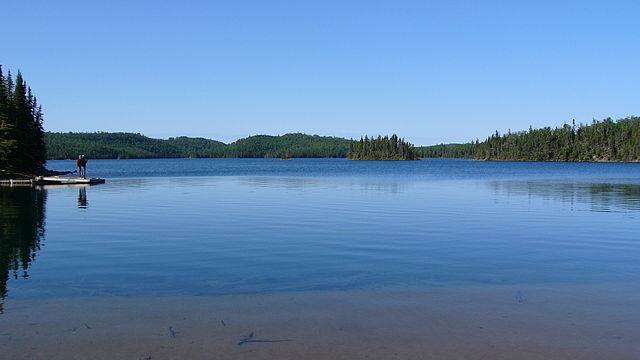
The archipelago was formed by a meteor impact which formed a crater measuring 20 miles (32 km) in diameter. It is located in northern Lake Superior, Ontario Canada and was established as a natural environmental provincial park which is known for having the largest herd of woodland caribou.
Carswell Crater
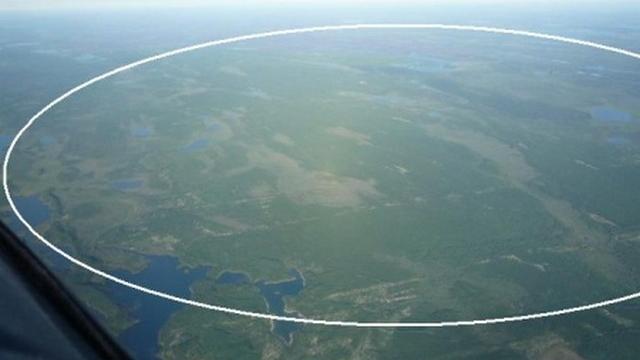
It is the largest known impact crater in Saskatchewan, Canada and the 4th largest in the country. Measuring 24 miles (39 km) in diameter, it is estimated to have been created 115 to 10 million years ago.
Manson Crater

This 74 million year old crater is one of the largest known impact events in North America. Situated near Manson, Iowa, the 24 mile (38 km) structure is buried at around 66 – 300 ft. (20-90 m) below the surface specifically under the southeast corner of the Pocahontas County.
Mjølnir Crater
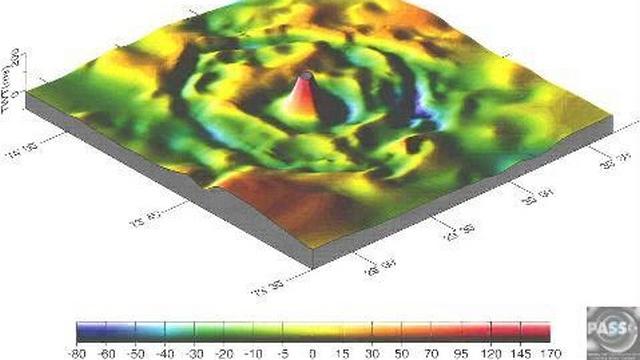
On the floor of the Barents Sea off the coast of Norway is a meteorite crater which is 25 miles (40 km) across and estimated to be 142 to 2.6 million years old. It was named after Thor’s mythological hammer as an allusion to the power of the weapon.
Araguainha Dome

The second largest known impact crater in South America (and possibly the oldest) is located on the border of Mato Grosso and Goiás states in Brazil. It was formed approximately 244.40 to 3.25 million years ago and initially measured 15 miles (24 km) and 1.5 miles (2.4 km) deep which widened to 25 miles (40 km) as its walls sunk inwards.
Saint Martin Crater
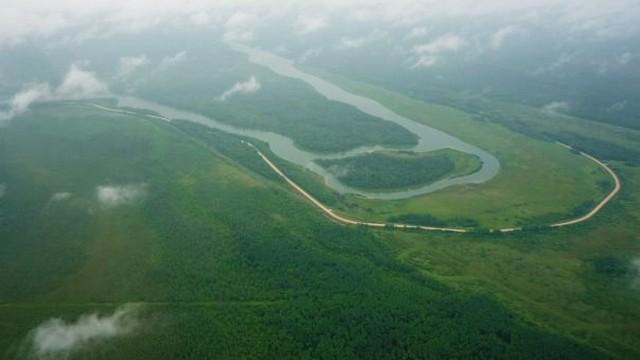
The Saint Martin Crater is 40 km (25 mi) in diameter and its estimated to be 220 ± 32 million years old. It has been suggested that the Saint Martin crater was part of a hypothetical multiple impact event.
Montagnais Crater
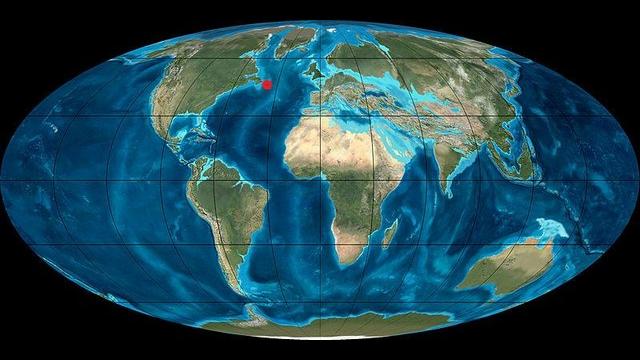
Estimated to have been created during the Eocene epoch, this crater measures 27.9 (45 km) in diameter and its buried beneath marine sediments in the continental shelf south of Nova Scotia, Canada.
Kara-Kul Lake
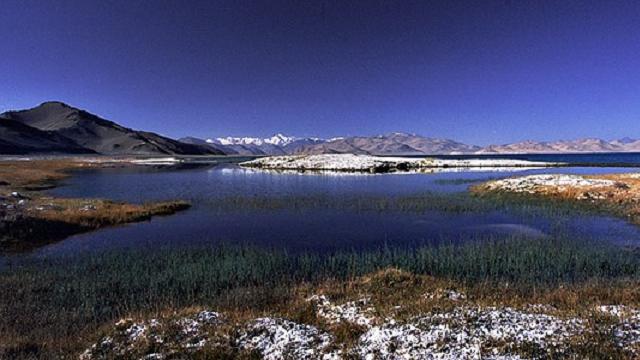
Formerly known as Lake Victoria and also called the Black Lake, it is a lake formed out of an meteorite impact crater with a rim diameter of 32 miles (52 km) some 5 to 25 million years ago. It lies within the Tajik National Park in the Pamir Mountains of Tajikstan.
Siljan Ring
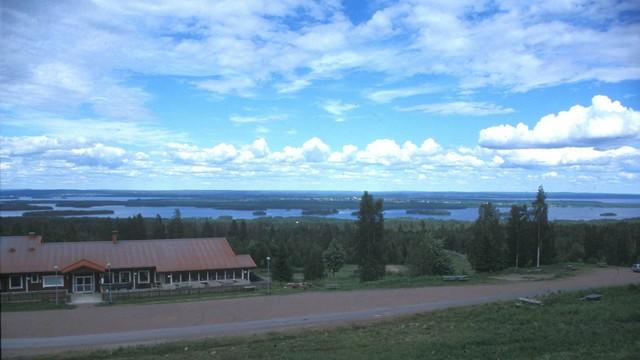
This prehistoric impact crater is 32 miles (52 km) in diameter and is the largest known in Europe. Much of the ring or the crater itself is taken up by Lake Siljan and three other smaller ones around it.
Charlevoix Crater

In the Charlevoix region of Quebec, Canada lays a crater which is partly submerged in the Saint Lawrence River. The original impact structure is estimated to have been 34 miles (54 km) and was approximately created in the Mississippian subperiod some 342 to 15 million years ago. 90% of the people in Charlevoix reside within the crater.
Beaverhead
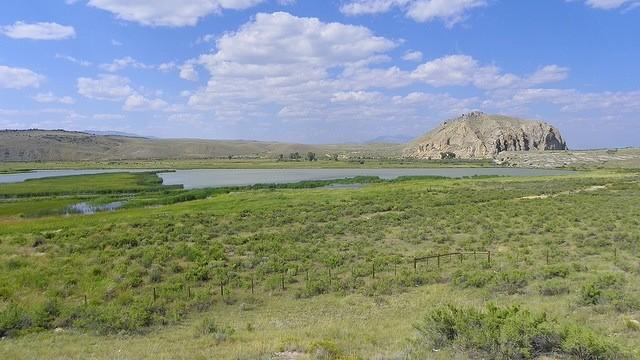
At 37 miles (60 km) in diameter, Beaverhead is one of the largest impact craters on Earth which is estimated to be about 600 million years old. Situated in central Idaho and western Montana, it was named after the site where the sign of an impact was first discovered in 1990.
Tookoonooka Crater
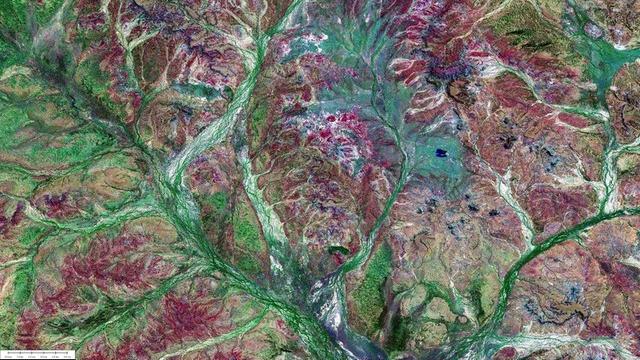
Deeply buried within Mesozoic sedimentary rocks, this large astrobleme is located in South West Queensland, Australia. Seismic data collected during routine petroleum exploration helped discover this 34 miles (55 km) to 41 miles (66km) crater.
Lake Tai
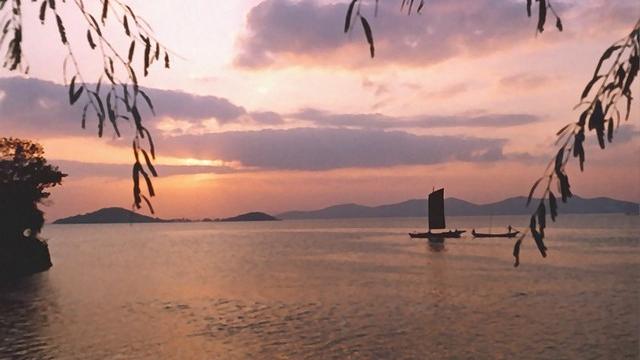
Lake Taihu, as it is also called, is the result of a meteor impact. It’s estimated diameter is 42.6 miles (68.5 km) which now hosts various tourist and commercial activities like a Ferris wheel called Star of Lake Tai and the Ishing pottery factory which makes world renowned tea pots.
Yarrabubba Crater
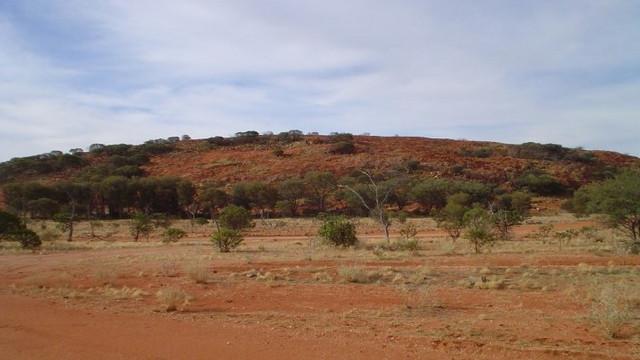
This impact structure is the eroded remnant of a former impact crater in the northern Yilgarn Craton in central Western Australia. Although it is uncertain as to the measurements of the original formation, the current estimation is around 19-43 miles (30-70 km).
Morokweng Crater
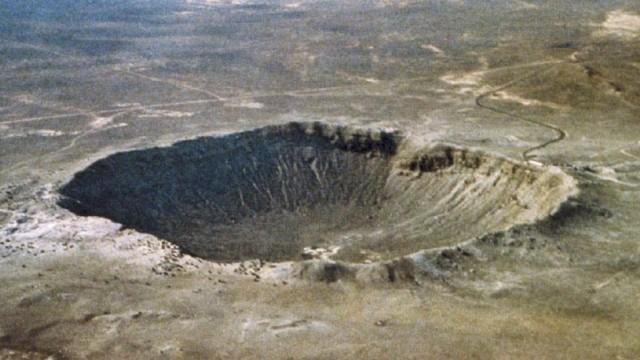
Underneath the Kalahari Desert in South Africa’s North West province close to the border near Botswana lays an estimated 145 to .08 million year old impact crater which is 43 miles (70 km) in diameter. It’s believed to have been caused by the impact of an L chrondite asteroid.
Puchezh-Katunki Crater
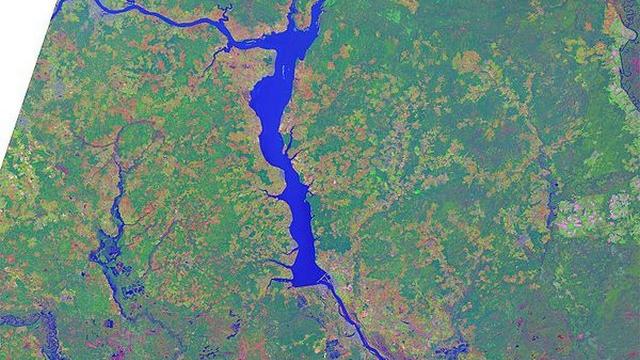
This 50 mile (80 km) in diameter meteor crater is estimated to be around 167 to 3 million years old but is not exposed to the surface. It is one of the six largest Phanerozoic impact craters and is located in the Volga Federal District of Russia.
Chesapeake Bay Impact Crater
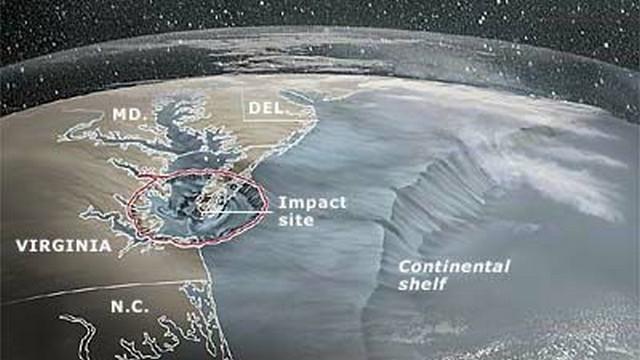
Around 35 million years ago, a bolide, which is related to meteors and meteorites, impacted the Easter shore of North America and created a crater measuring 24 mile (38 km) across.
Acraman Crater
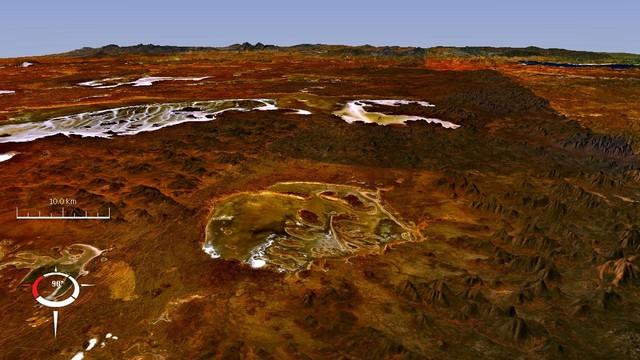
Lake Acraman marks the deeply eroded impact crater in the Gawler Ranges of South Australia. The shocked quartz and shatter stones which signify the meteor impact are now scattered on the islands within the lake. Because of its extremely eroded state, some authors suggest that its original diameter is up to 52.8 to 55.9 miles (85-90 km).
Popigai Crater
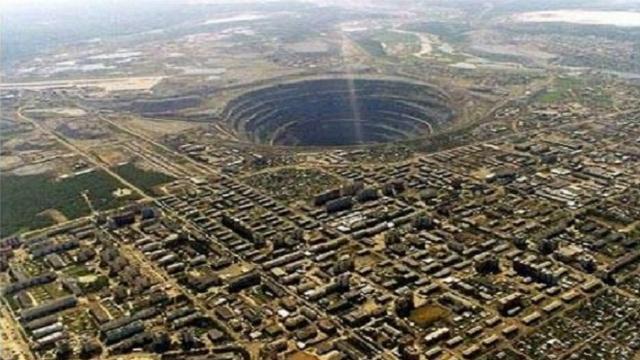
Located in Siberia Russia, the Popigai Crater is the seventh largest verified impact crater on earth tied with the Manicouagan Crater. With a diameter of 62 miles (100 km), this crater is now designated by UNESCO as a Geopark.
Manicouagan Crater
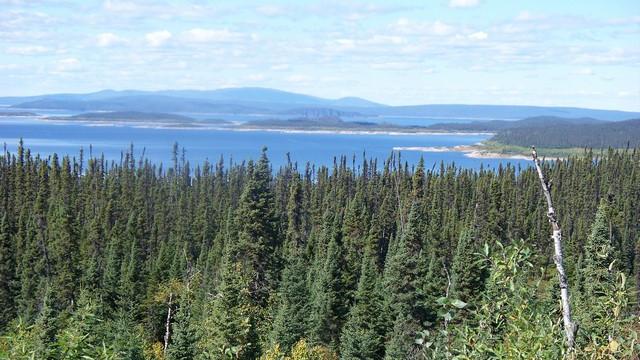
As the oldest known impact craters in the world, it is also one of the oldest large astrobleme that is still visible in the surface. Tied with the Popigai in terms of diameter at 62.9 miles (100 km), it contains the Manicouagan Reservoir. The impact formation is located in the Côte-Nord region of Québec, Canada.
Kara Crater
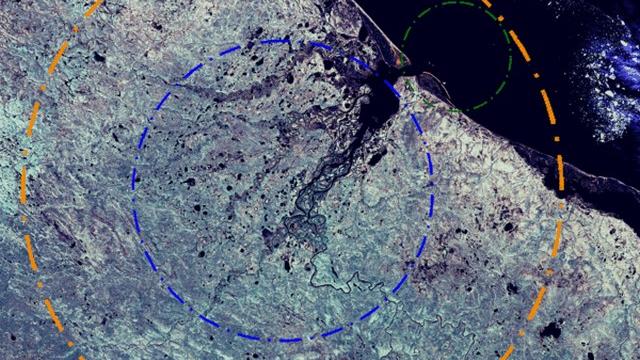
This estimated 70.3 to 2.2 million years old meteor crater is located in the Yougorsky Peninsula, Nenetsia, Russia. It measures 74.6 miles (65 km) in diameter but was originally 74.5 miles (120 km) which makes it the 4th largest in the world.
Woodleigh Crater
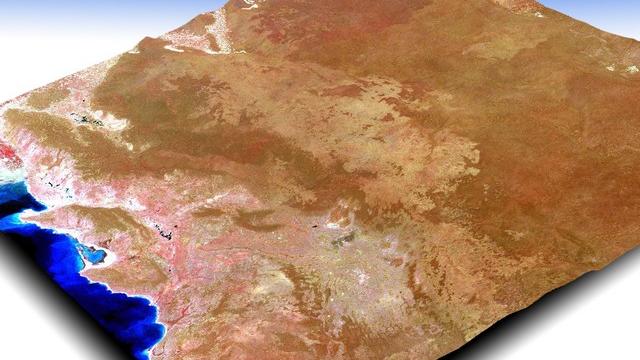
Its discovery was announced on the 15th of April 2000 by Arthur J. Mory after he led a team of scientists from the Geological Survey of Western Australia and the Australian National University. By estimation, the original team who discovered it believes that the crater may be up to 75 miles (120 km) in diameter.
Chicxulub Crater
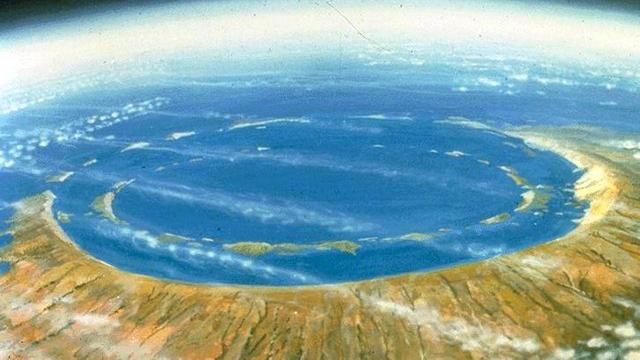
One of the biggest and most famous impact craters in the world is buried underneath the Yucatán Peninsula in Mexico. Named after the town nearby, it was concluded that the impact causing the crater was also caused the demise of the non-avian dinosaurs on Earth.
The Sudbury Basin
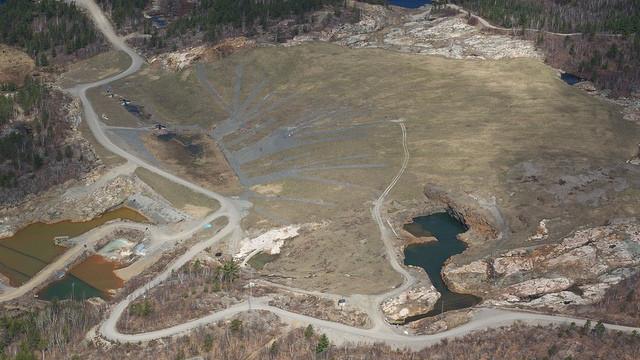
Also known as the Sudbury Structure or the Sudbury Nickel Irruptive, it is the second largest known astrobleme on earth as well as one of the oldest. Though it has been eroded away, the present size is only a small portion of a once 160 mile (250 km) round bolide crater. Due to the abundant deposit of metals like copper, platinum, palladium, gold and others, the Sudbury area houses a major mining community.
Vredefort Dome
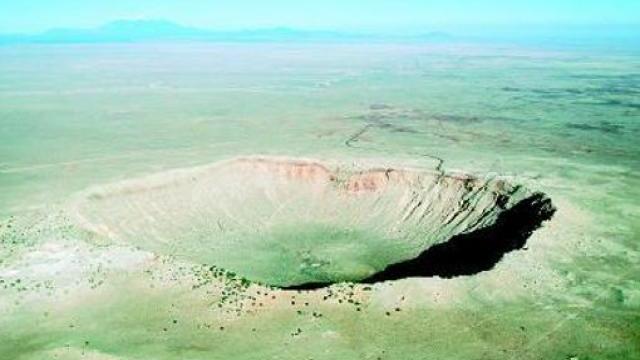
Located in the present day Free State Province of South Africa, Vredefort Dome broke a handful of world records as the largest verified impact crater in the world, the asteroid which hit it owing to the huge size of the crater was the largest ever to hit the Earth, and is the second oldest known crater in the world at 2.023 billion years old (300 million years younger than the oldest). Because of erosion over the centuries, the remaining partial ring of hills is only 43.4 miles (70 km) across, around 1/4 of the original 190 mile (300 km) impact structure which was added to the UNESCO World heritage Sites in 2005 for its geologic interest.



























